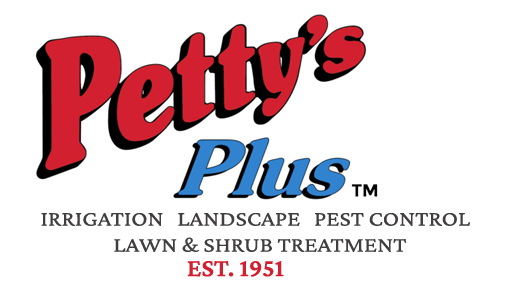With temperatures in the triple digits at the end of summer,
all of East Texas, including your yard and plants, might feel like they are wilting in the summer sun. Texans expect summers to be pretty dry and this summer is shaping up to be following norms. However, the long summer days still invite us to spend time outside, so you might be wondering what you can do to prevent your outdoor area from turning into a brown, crunchy wasteland this August-September.
To combat crunchy lawns, we’ve compiled a list of summer landscaping tips to help keep your outdoor space inviting and eye-appealing all summer long.
Find the Right Plants
When designing your outdoor garden areas for the summer, you want to look for plants that can withstand high temperatures and prefer partial to full sun exposure. Geraniums, Hibiscus, and Lantana are great choices because they are hardy plants that look great in containers and flower beds. These plants love humidity and can withstand the summer’s high temperatures. Furthermore, they offer an array of brightly colored flowers to spruce up the normally brown Texas landscape. In addition to choosing brightly colored, hardy plants, you might also consider including plants that require very little water and maintenance to survive, such as succulents. Succulents like cacti, sempervivum, and aloe can bring various shades of green to your outdoor space. Consider mixing and matching succulents and hardy, brightly colored plants and experiment with the different shapes, sizes, and textures to create a really eye-catching outdoor area that can survive the summer heat.
Water Properly
When your yard starts to look brown, your first reaction might be to water often and as soon as possible. Many people jump to watering in the heat of the day because they believe that the lawn might need to be “cooled off.” You’re hot and would like cooling off, so you assume your lawn probably does, too. However, according to the Texas A&M Agrilife Extension, the best time of day to water the lawn is actually early morning because winds and temperatures are often lowest in the morning, which allows the water to be applied evenly to the lawn. You should also only water your lawn when it begins to show signs of heat distress: browning, holding footprints rather than springing back to its natural shape, and broken leaf blades. Most properly watered lawns should be able to go a few days without watering.
Find Ways to Conserve Water
As the summer progresses, rain chances decrease, but you can conserve the water that is readily available when it rains by using rain barrels and cisterns. You can then use the water from the containers to water your lawn and garden. Another way to conserve water is to keep as much water in your lawn as possible by ensuring that your outdoor space is not experiencing too much run-off. To combat run-off, you can mulch your lawn, install permeable paved areas, and upgrade your irrigation system. These steps will make sure that any available water sinks into your soil rather than running off away from your site. Petty’s has a variety of irrigation and permeable paving solutions that can ensure your outdoor areas retain water and we would be happy to help plan for your summer landscaping.
At Petty’s Irrigation, Landscape & Pest Control, we care about saving your outdoor spaces in any climate. Reach out to us at info@pettys.com or 800-258-9184 today, or request a free quote by clicking the button below!
[pt-request-quote-modal form=”1″ button_text=”Request A Quote”]
